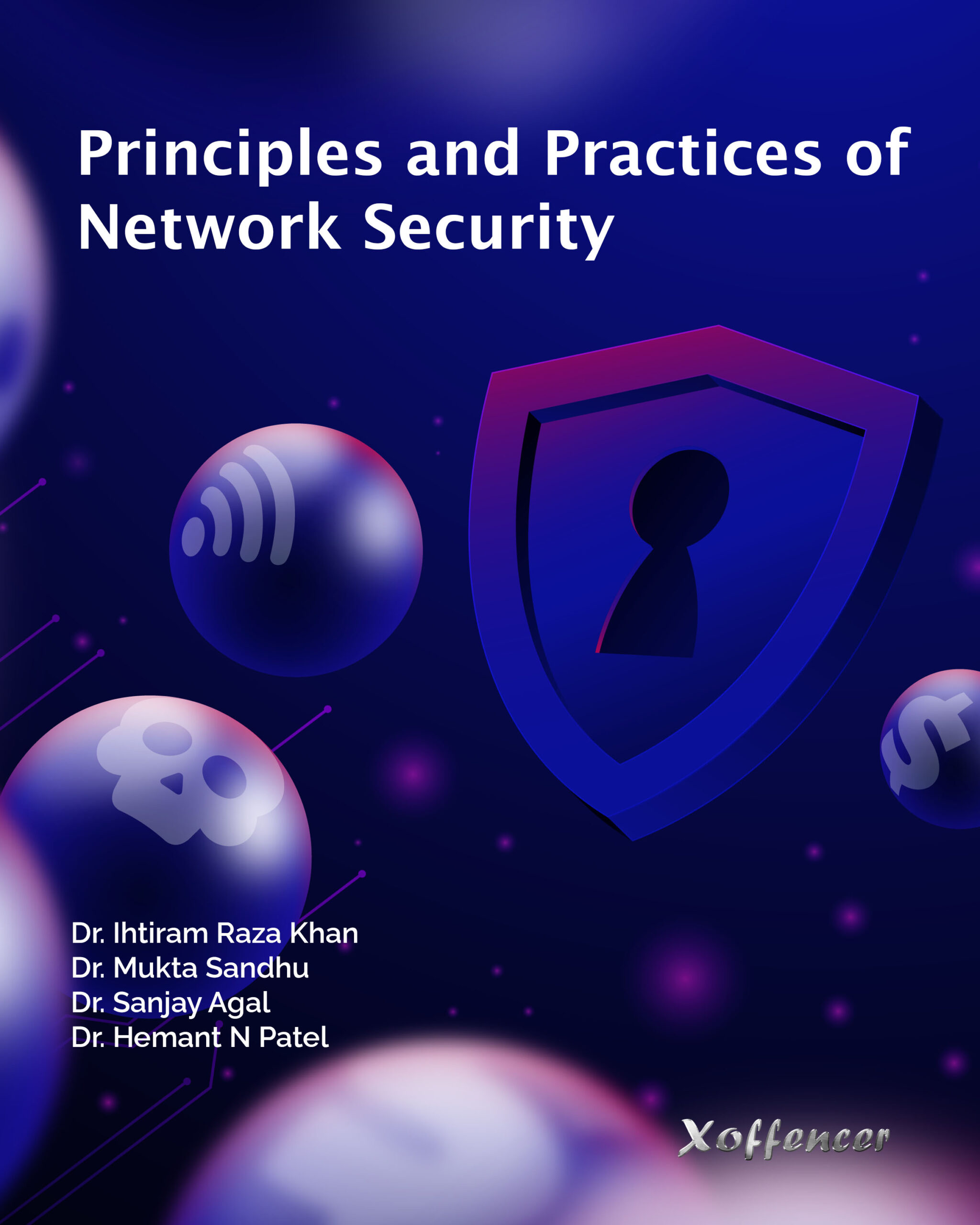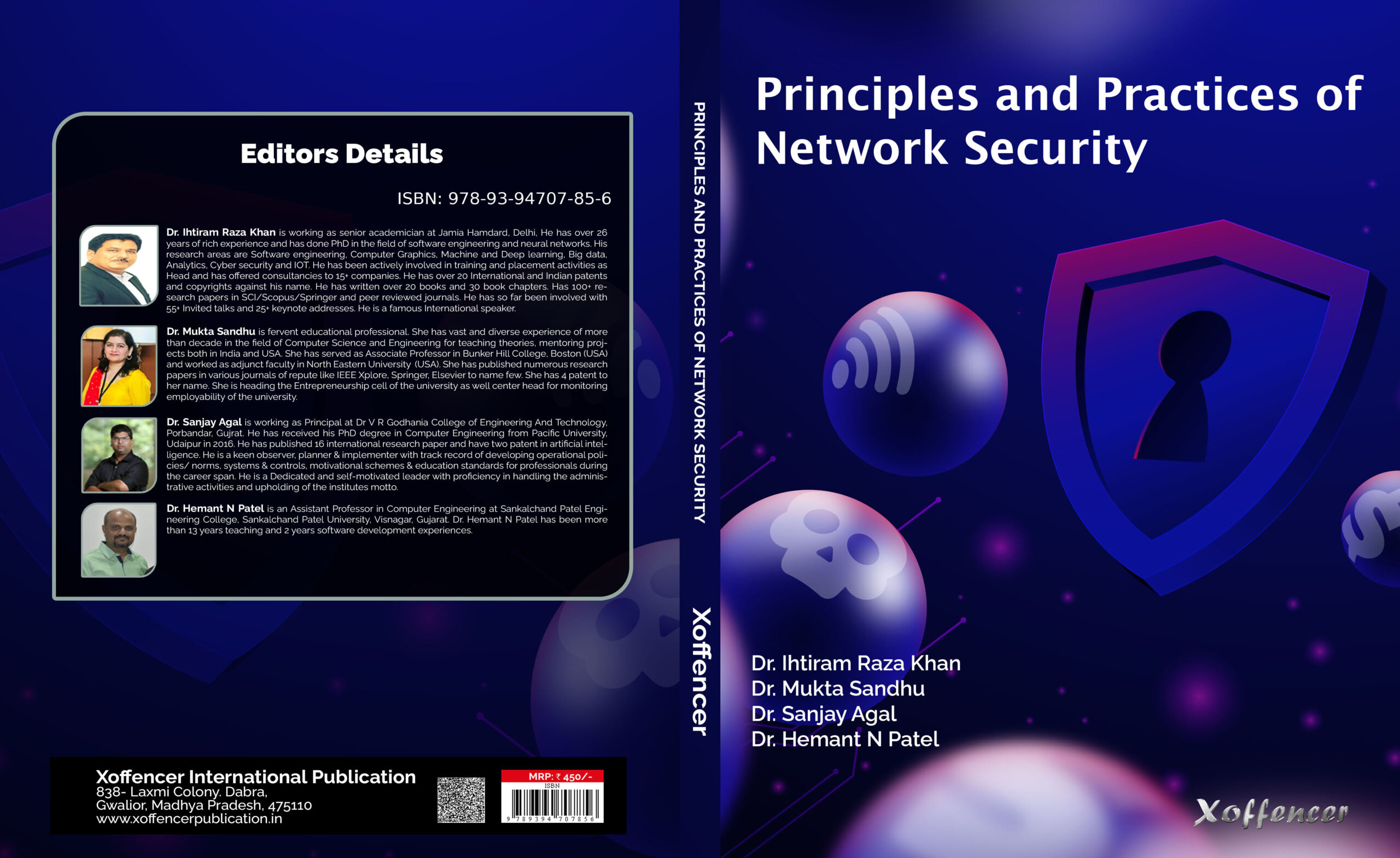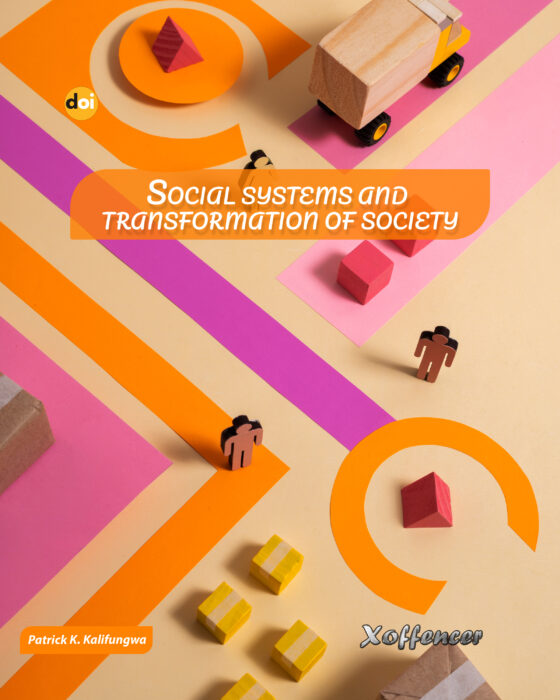Description
In order to provide protection against DoS assaults, the security system interfaces with the AODV routing protocol using techniques based on Route Request (RREQ). It employs not one but two different kinds of techniques. When an inside hostile node launches a DoS attack by flooding the network with RREQs, this strategy may be used to minimise the impacts of the assault in pure AODV routing protocol. In this scenario, the DoS attack is carried out by flooding the network with RREQs. The node in the centre of the network both observes and participates in the conversation that is taking place between the evil node, the sender node, and the recipient node. One of the intermediate nodes on the ideal route, which has a total of four nodes, is comprised of the malicious node and three of its neighbours. This makes up one of the nodes on the ideal path. The malicious node inundates the network with traffic by continuously submitting 10 RREQ queries at each and every second. Due to the fact that its close neighbours are aware of the RREQ_RATELIMIT, each of them will only transmit a maximum of 10 RREQs to it at any one time. Due to the fact that these nodes are only able to receive a maximum of three RREQs from their neighbours in a single second, the neighbours of these nodes are required to transmit a total of seven RREQs. In addition, the RREQs of a total of four must be sent by the neighbours of the nodes in question. Because the resources of the malicious node’s neighbours are totally occupied in processing and forwarding the RREQ’s that originate from it, the path that connects the blue nodes, if it is formed at all, will consist of a greater number of intermediate nodes. This is because the malicious node is the source of the RREQ’s that are being processed and forwarded by its neighbours. This is due to the fact that the RREQs that come from the malicious node have an effect on the nodes that are neighbouring it. As a direct result of this, a denial of service attack is carried out since the legitimate nodes are disconnected from the services offered by other nodes, whose resources are being wasted as a direct result of the flooding. During the phase of the AODV scheme’s operation in which two legitimate nodes are attempting to communicate with one another, a malicious node will bombard the network with RREQs in order to disrupt the process. According to this strategy, there is a maximum number of RREQs that may be obtained from a single neighbour, and that number is capped at that amount. As a consequence of this, the neighbours of the malicious node will only accept and transmit three RREQ packets received from it during a period of one second.













Reviews
There are no reviews yet.